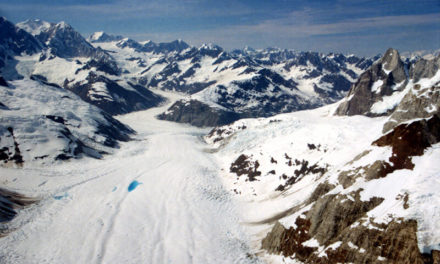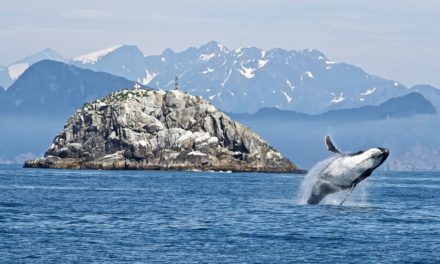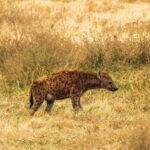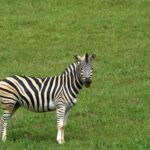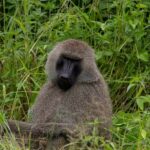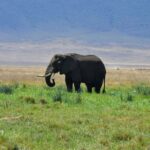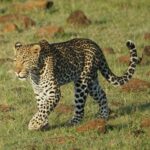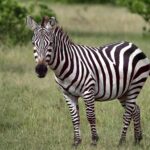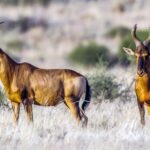Table of Contents
Overview / About the Park
Congaree National Park lies in central South Carolina, protecting the largest remaining stretch of old-growth bottomland hardwood forest in the southeastern United States.
This swampy wilderness, fed by the Congaree and Wateree Rivers, is full of giant trees, winding creeks, and mysterious floodplains.
The park offers a rare glimpse into what much of the Southeast once looked like wild, lush, and untouched. It’s also a designated UNESCO Biosphere Reserve, recognized for its rich biodiversity and ecological value.
Wildlife & Nature
Congaree’s dense forests shelter a wide range of wildlife. You might spot white-tailed deer, river otters, bobcats, and even feral pigs.
Birdwatchers love the park for barred owls, pileated woodpeckers, and migrating warblers.
The towering bald cypress, water tupelo, and sweetgum trees dominate the landscape, many of them over 130 feet tall.
In spring and early summer, the park’s synchronous fireflies put on a stunning natural light show, drawing visitors from around the country.
Experiences & Activities
- Boardwalk Loop Trail: A 2.4-mile elevated path through cypress knees and swamp forest perfect for an easy walk.
- Canoeing & Kayaking: Paddle through the Cedar Creek Canoe Trail, where still waters reflect ancient trees.
- Hiking: Over 25 miles of trails lead through floodplain forests and quiet backcountry routes.
- Wildlife Watching: Early morning and evening are best for spotting animals along the creeks.
- Camping: Both frontcountry and backcountry camping are available for those wanting a deeper wilderness experience.
- Photography: Misty mornings and reflected tree canopies make for incredible nature shots.
Best Time to Visit
The park is open all year, but the best time to visit is October through April, when temperatures are mild and mosquitoes are fewer.
- Spring: Great for birdwatching and the firefly event (late May to early June).
- Fall: Comfortable weather and beautiful foliage.
- Summer: Lush greenery, but hot and humid come prepared for bugs and high humidity.
- Winter: Quiet trails and peaceful paddling conditions.
How to Reach & Park Entry
- Location: About 20 miles southeast of Columbia, South Carolina.
- Nearest airport: Columbia Metropolitan Airport (CAE), a 30-minute drive.
- By car: Take I-77 or I-26 and follow signs to the park entrance near Gadsden.
- Entry fee: Free there’s no charge to enter the park or hike the trails.
Where to Stay / Camping Options
Inside the Park:
- Longleaf Campground: Family-friendly with restrooms and picnic tables.
- Bluff Campground: Primitive sites for tents, accessible by trail or canoe.
- Backcountry camping: Available with a free permit for those seeking solitude.
- Nearby: The city of Columbia offers hotels, inns, and budget stays about 30 minutes away.
Travel Tips / Safety Notes
- Mosquitoes can be intense bring repellent and wear long sleeves.
- Flooding can close some trails; always check park conditions before hiking.
- Bring plenty of water and snacks there are no food services in the park.
- Stay on marked trails to protect fragile ecosystems.
- Summer heat can be strong; plan hikes early or late in the day.
- Cell service is limited in the forest.
Packing List
- Lightweight, breathable clothing
- Long-sleeved shirts and insect repellent
- Waterproof boots or hiking shoes
- Reusable water bottle or hydration pack
- Snacks or lunch
- Hat, sunglasses, and sunscreen
- Rain jacket (showers are common)
- Binoculars and camera
- Flashlight or headlamp for camping
- Map or offline GPS
Visitor Statistics
Congaree National Park welcomes around 250,000–270,000 visitors per year.
The firefly viewing season in late spring is the most popular time, while winter and early spring are much quieter for peaceful exploration.
Conservation & Responsible Tourism
The park protects a vital ecosystem that filters water, stores carbon, and shelters countless species.
Conservation efforts include forest monitoring, floodplain restoration, and research on rare plants and animals.
Visitors can help by:
- Staying on trails and boardwalks.
- Avoiding single-use plastics.
- Respecting wildlife habitats and nesting areas.
- Participating in ranger-led clean-up or citizen science programs.
Congaree feels timeless a place where silence, shadow, and water flow together. Exploring its quiet trails and mirrored creeks reminds you how powerful and peaceful a forest can be.



